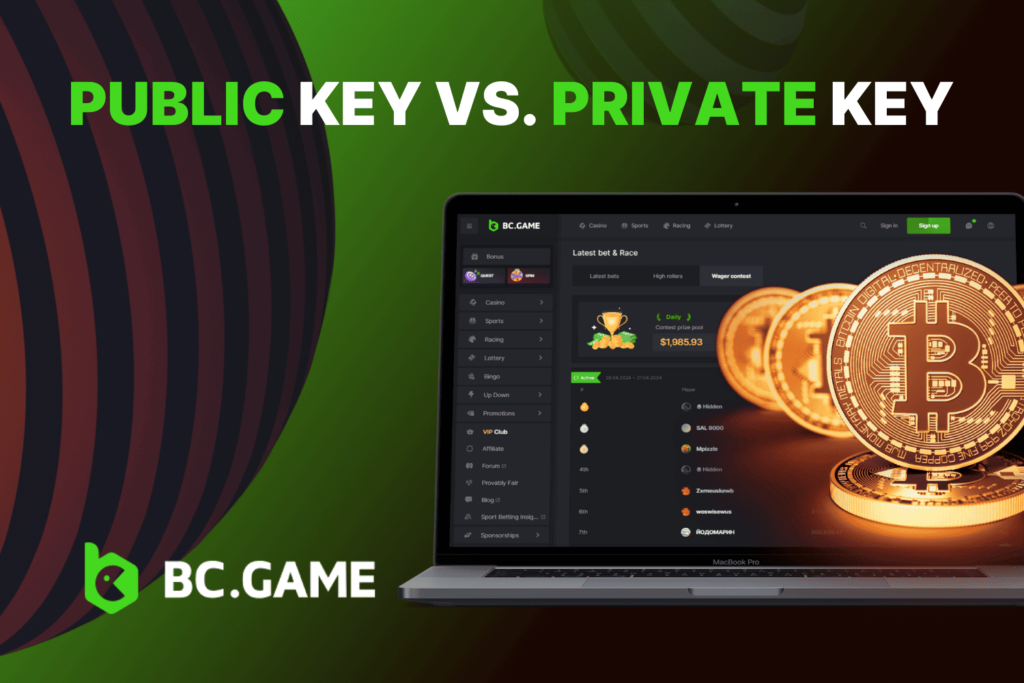
Basic knowledge of the responsibilities of cryptographic keys, including the distinctions between public key vs private key, is important in digital security. From email exchanges to blockchain technology private data security, these keys are very vital for maintaining safe communication across many platforms.
Cryptographic Key Basics
Mostly depending on cryptographic keys is cybersecurity. These let data be encrypted and decoded so that private and secure from illegal access to important information stays. Understanding the differences between private key vs public key is essential as blockchain technology, safe banking, and SSL (Secure Sockets Layer) certificates, all rely on cryptographic keys abundant in the digital world. The value of cryptographic keys is clear when one realizes they provide a safe path of data flow across compromised systems such as the Internet. Cryptographic keys restrict possible interceptors from access to secret data by turning readable data into an unreadable form.
What is a Private Key?
Particularly about one individual, decryption and encryption techniques rely on a private key. Still personal; no one carries with anyone else this key. Its main goal is to allow suitable public keys for safe data transfers across networks.

Understanding what is a private key becomes crucial for digital signatures, for instance, where a private key signs a document while the public key is used by receivers to confirm the legitimacy of the signature. This guarantees that starting from the designated sender, the mail or transaction stays unmodified on the route. The decryption of material encrypted using the connected public key depends on a private key apart from encryption. These many uses illustrate the need for private keys in several cryptographic systems to preserve security and data integrity.
What is a Public Key?
Public-key cryptography makes use of a public key from a cryptographic key pair. Applied in data encryption, the public key is freely accessible, unlike the private key. Understanding the dynamics of public vs private key is essential as a public key essentially allows safe communication; it lets anyone encrypt data or communications only the matching private key holder may decode. In digital communications, for instance, a sender might encrypt a message using the public key of the recipient. Using their private key, only the receiver may decode this message upon delivery, therefore guaranteeing secrecy.
What’s the Difference Between Public and Private Keys?
| ☑️ Aspect | 🔹 Public Key | 🔸 Private Key |
|---|---|---|
| Accessibility | Distributed openly | Kept secret and secure |
| Usage | Encrypts data; Verifies digital signatures | Decrypts data; Creates digital signatures. |
| Dependency | Works in conjunction with a private key | Works in conjunction with a public key |
| Security Requirement | Can be freely shared without compromising security | Must be rigorously protected to ensure security |
Highlighting their specific applications and the crucial requirement of public and private keys in the protection of digital communications, this graphic shows their main differences.
Best Practices for Managing Cryptographic Keys
Using these rules helps you protect cryptographic keys—especially private keys:
- Superior Storage: Stow secret keys in a hardware security module (HSM) or specialized cryptography tool in a safe to stop illegal access.
- Access to Control: Limit access to private keys to only those systems or people strictly needed to complete decryption or encryption chores.
- Constant modifications: Regular rotation of cryptographic keys helps to fulfill minimum security criteria and reduce related key exposure risk.
- Add solid passwords today. Strong, complicated passwords will protect important data; think about multi-factor authentication to raise security standards.
- Maintaining safe backups of cryptographic keys will help to avoid loss of access to encrypted data, thereby ensuring the security of backups as compared with original keys.
Frequently Asked Questions
Run a basic encryption and decryption test to confirm your private vs public key pairs are functioning as they ought to. A message sent with the public key should be attempted to be deciphered with the matching private key. Should the decryption provide the original message, the key pair is in use as intended.
Should your private key be hacked, create a fresh pair of keys right away and throw away the compromised ones to stop illegal access. As soon as you have a new public key, update your current one; inform everybody you use it for communications or transactions.
Usually, it is difficult to retrieve content encrypted with a missing private key. This emphasizes how closely supporting private keys should be done. Without a backup, the encrypted data might stay permanently inaccessible, therefore highlighting the critical requirement of efficient key management.




